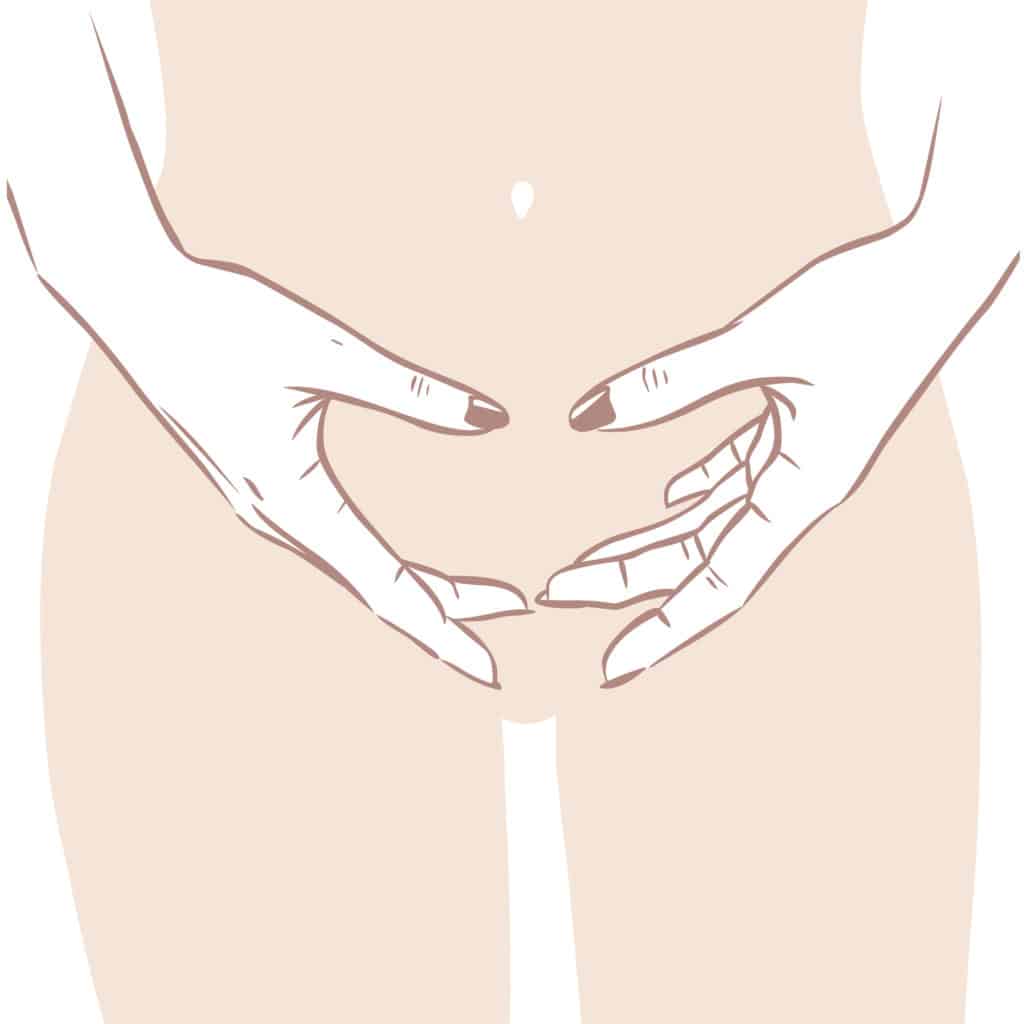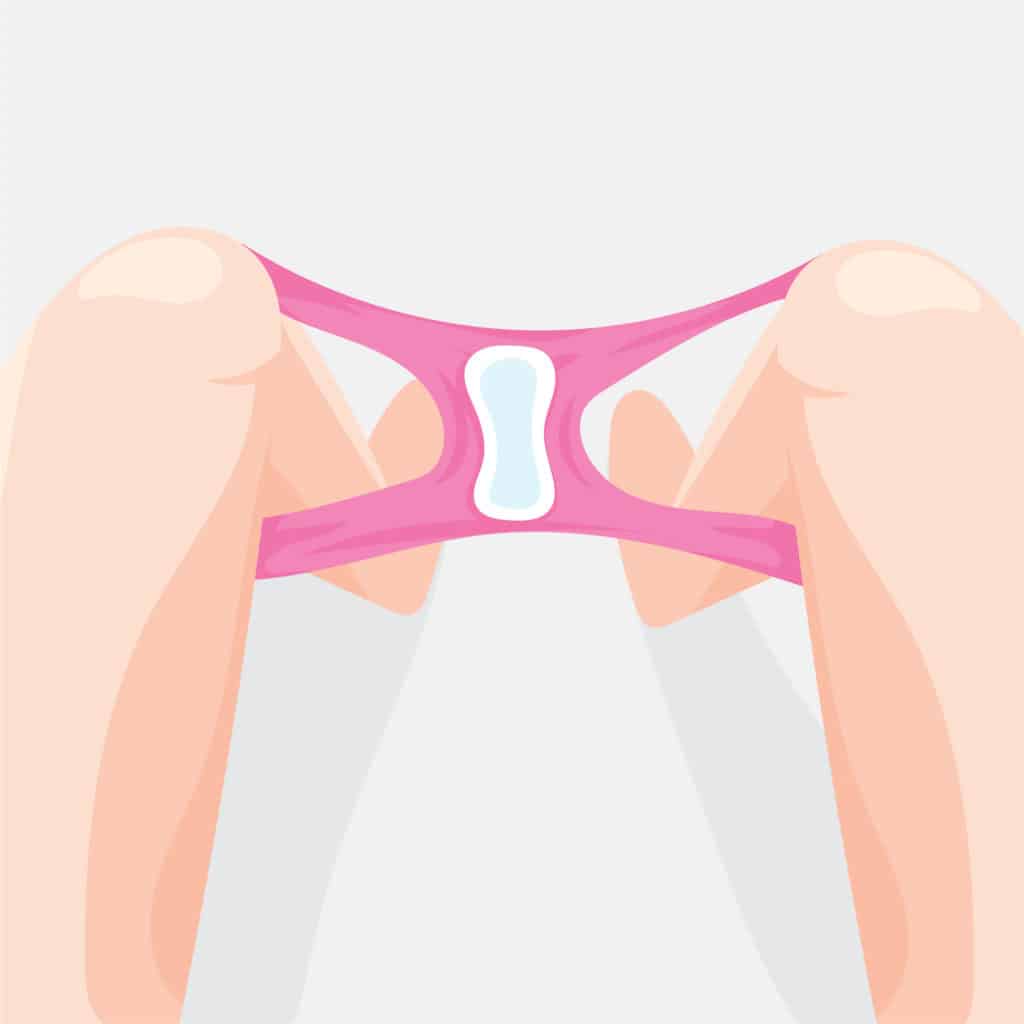
Have you been diagnosed with a pelvic organ prolapse?
If you have, don’t worry. You’re not a freak of nature. It might seem like a strange phenomenon that you didn’t even know existed until you got your diagnosis, but it’s incredibly common. Sadly, it’s just not talked about enough, so women feel alone.
In women, the pelvic muscles and connective tissues lend support to the organs like a hammock – holding everything up and preventing said organs from exiting the body via the vagina or rectum. That might sound a bit dramatic if it hasn’t happened to you, but in essence, that’s what happens. These organs – inside the pelvic region – include the vagina, uterus and ovaries, cervix, rectum, and bladder.
In the case of a Pelvic Organ Prolapse, the muscles and connective tissues of the pelvic region (otherwise known as the pelvic floor) – or the “hammock” – become weak or damaged and cannot support or hold up the organs. This weakness, or pelvic floor disorder, results in one or even more pelvic organs bulging on hanging outwards from the vagina.
As you can imagine, prolapses are extremely common during and after pregnancy and as we age.
In rare cases, a Pelvic Organ Prolapse may also occur after a full or partial hysterectomy with any portion of the vaginal wall bulging into or out of the vagina.
There are various types of Pelvic Organ Prolapse, depending on which organ inside the pelvic region has been affected. But the most common ones we see at my Physical Therapy Clinic are:
Rectocele: In this condition, the rectum stretches out of or into the vagina.
Cystocele/dropped bladder: This condition is the most common type of Pelvic Organ Prolapse, with the bladder bulging into or out of the vagina.
Uterine prolapse or dropped uterus: This type of Pelvic Organ Prolapse occurs when the uterus (womb) extends into or out of the vagina. Occasionally, uterine prolapse is associated with enterocele (prolapse of the small bowel), where a segment of the small intestine extends into the vagina.
Who Is At Risk Of Pelvic Organ Prolapse?

Studies have shown that pelvic floor disorders are found in one in five women across the US. While we more commonly see urinary or fecal incontinence, pelvic organ prolapse occurs in around 3% of American women.
It is more prevalent in older white women and those from the Latina community than women of other ethnicities or younger women. At times, certain patients develop more than one kind of pelvic floor disorder. So, they might have a Pelvic Organ Prolapse and Urinary Stress Incontinence at the same time.
What Are the Symptoms of a Pelvic Organ Prolapse?

A Pelvic Organ Prolapse causes organs to bulge into the vagina, where they can be seen and felt. Most women suffering from a Pelvic Organ Prolapse experience discomfort while performing their daily tasks and during sex.
Other symptoms depend on the specific type of prolapse but may include:
- Issues with inserting tampons and menstrual cups into the vagina.
- A dull aching sensation, discomfort, or pressure in the pelvic region.
- Feeling a bulge or seeing something extending out of your vagina.
- Fecal or urinary incontinence, constipation, diarrhea, or other issues with bowel movements.
- Discomfort in the pelvic region while coughing or standing for long periods.
Some women report that their symptoms are worse at certain times or when performing certain activities, but this is very individual.
What Causes Pelvic Organ Prolapse?

When the connective tissues or muscles of the pelvic floor (the hammock) do not function normally, a Pelvic Organ Prolapse occurs. But what causes the pelvic floor muscles to stop working correctly?
Well, there are multiple different reasons why this might happen, but the leading causes are:
- Childbirth and carrying and birthing a baby that exceeds 8.5 pounds weight at birth can significantly contribute. But it’s not exclusive to larger babies. Even smaller babies stretch the vagina during birth and place a strain on the pelvic floor muscles. In addition, women who have several vaginal deliveries are more likely to suffer from a Pelvic Organ Prolapse at some time in their lives. However, even women who have had cesarean section births or don’t have children still suffer from weakened pelvic floor muscles and Pelvic Organ Prolapse.
- Extended pressure on the abdomen. This pressure can be caused by coughing, excess weight and obesity, or constipation and straining excessively during bowel movements.
- Aging is another major factor, with Pelvic Organ Prolapse seen in more significant numbers of older women. Research shows that around 37% of female patients are between 60 – 79 years, with half over 80 years.
- Menopause can be another cause of weakened pelvic floor muscles due to the hormonal changes and declining estrogen levels during and after menopause, which appears to raise the possibility of a prolapse.
- Genetics can also play a role in the propensity to have weaker pelvic floor muscles. However, the jury is still out how much of a role your genetics play.
How To Treat Pelvic Organ Prolapse

If you think you might be suffering from a Pelvic Organ Prolapse, it’s essential to get a pelvic exam to confirm your diagnosis because some of the symptoms can mimic other medical conditions. During this examination, you may be asked to strain or cough to check for signs of leakage or prolapse.
Your doctor may also conduct additional tests to determine whether the bladder completely empties when you urinate.
Once you have your diagnosis, treatment is specific to you – depending on your age, overall health, presenting symptoms, type of prolapse, and whether you’re sexually active. But your treatment plan may include:
Physical Therapy for the pelvic floor muscles: we teach you specific exercises and guide you through a series of therapeutic exercises for the pelvic floor. Some of them with supervision at the clinic and others you can do at home. These exercises can be helpful for constipation, urinary stress incontinence, and Pelvic Organ Prolapse. So if you have more than one pelvic floor disorder, these exercises will help tremendously.
Dietary Recommendations: If you have bowel issues because of your Pelvic Organ Prolapse, we might recommend increasing the amount of fiber in your diet. An increase in dietary fiber helps to prevent straining and constipation. But most women require physical therapy in addition to dietary changes to resolve their pelvic floor disorders.
Supportive Pessary: In some cases, women use a particular type of pessary inside the vagina. This first-line treatment device acts as a support for organs inside the pelvic region. It helps reduce some of the symptoms associated with a Pelvic Organ Prolapse. They are available in various shapes and sizes to suit your vagina. Again, this treatment can also help resolve the symptoms of Urinary Stress Incontinence and Pelvic Organ Prolapse.
Surgery: If your symptoms are severe, your doctor may suggest surgery to provide permanent, internal support for your pelvic organs. Specific types of surgery depend on the type of prolapse you have and the presenting symptoms. Your doctor will decide whether to use a specialized mesh or your tissues to repair the prolapse and support your pelvic floor. This procedure is generally suited for sexually active women with severe prolapse conditions. Surgery is done via the abdomen or the vagina – depending on where support is required.
Closing the vagina: This is a specific form of surgery that is only suitable for women who are no longer sexually active. It is called colpocleisis (which means close vagina in Greek). It involves a surgical procedure to sew up the opening to the vagina.
Physical Therapy For Pelvic Organ Prolapse

Although supportive pessaries can be helpful to minimize symptoms, we believe that Pelvic Organ Prolapse surgeries should be an absolute last resort. In women with minor to moderate Pelvic Organ Prolapse, we have had great success with Physical Therapy.
We help you get rid of that awful pelvic heaviness without medications or risky surgeries. It’s not something you have to put up, and it won’t go away on its own either.
We do many things to help you get you back to living the life you deserve – having satisfying sex again. Plus, as we specialize in Pelvic Organ Prolapses and women’s health issues, you don’t have to be embarrassed. We understand how these issues can affect your life.
Don’t worry. We’re here to help. And you shouldn’t feel embarrassed about getting in touch with me about this ‘taboo’ subject.
“We Help Women Embarrassed By Incontinence, Struggling With Pelvic Pain, Dealing With Digestive Issues, or Wanting to Feel Confident and Fit After Baby…
…(Even If It’s Been 30 Years), So That Their Energy And Attention Can Shift Towards Doing All Of The Things They Love To Do.”
We offer all new patients a free 30-minute consultation on the telephone or at our Falls Church physical therapy clinic to talk through your issues and get answers to all your questions before any financial commitment on your part.
So, if you’re tired of the permanent dull ache in your pelvis and doing endless Kegels but getting nowhere fast – book your complimentary appointment now.


